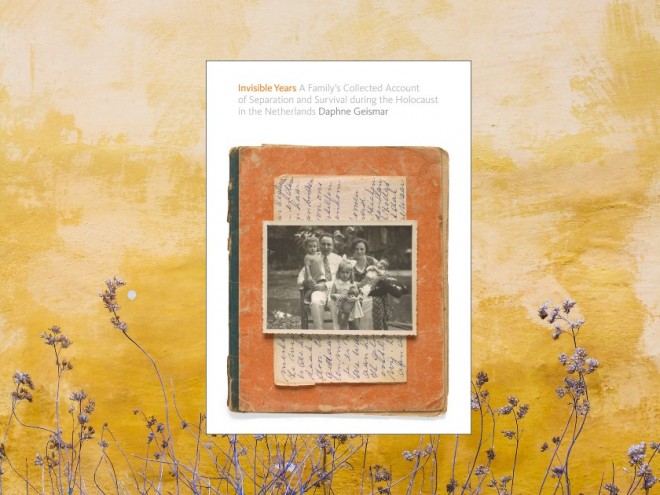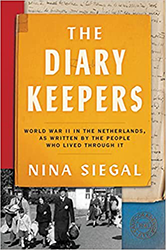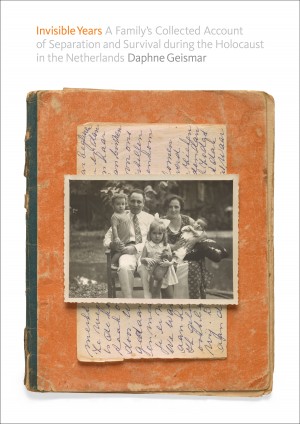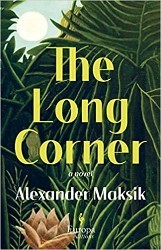Robert Matzen writes the story of young Audrey Hepburn, who grew up in Nazi-occupied Netherlands. From ages ten to fifteen years old, Hepburn was living with her mother, grandfather, and assorted aunts and uncles; she was involved with her ballet training more than anything else. In later life, she did not discuss her war years — she preferred raising funds for rehabilitation projects or for UNICEF, rather than reminiscing.
Matzen dutifully sketches Hepburn’s upbringing — but his real passion is for the war itself. In great detail, region by region, he recounts the Nazi takeover of the Netherlands and the Allied battles to recapture key bridges and towns. His many accounts of air battles with various fighter bombers strafing the Dutch streets have a very visceral quality that is quite unnerving.
Yet what is most unnerving about this book is the absence of the Jews. While Matzen does describe some similarities between Audrey Hepburn and Anne Frank, and mentions that some Jews were onderduikers—or people in hiding — this is largely a story of day to day life in Holland after the Jews were removed. Ella van Heemstra, Hepburn’s mother, wrote newspaper columns in the spring of 1935 praising fascism; she partied with the Mitford sisters, flirted with Herr Hitler. Even after the Nazis had sent Dutch Jews to death camps and installed fascists in key public offices, Heemstra was still angling for work with the occupiers. It wasn’t until mid-1942 that Heemstra switched sides, when the Nazis took hostage a beloved family member and shot him in a reprisal against saboteurs. After the war, when her collaboration was questioned, she edited her history, and made sure that Hepburn was selective with details as well.
So, what about Hepburn? Early in the occupation, her mother had her doing ballet recitals for Nazis. Before long, such public performances were impossible without fascist bona fides, so Hepburn gave covert recitals and ballet lessons for her community. Later in the war, she rolled bandages for the wounded; as a young teenager, she could, like other kids, run messages for the Resistance without attracting attention. But she was young and her mother dominated her life, so it is unclear if she was involved in anything risky. By the last phase of the war, everyone was freezing and starving to death; stories of villagers eating tulip bulbs, dead grass, or the neighbor’s dog, replace tales of anyone’s heroic resistance. Matzen wraps up with some upbeat chapters on Hepburn’s adult life and career..
In many ways, this is more a biography of occupied Holland than a biography of Audrey Hepburn. As such, it’s an interesting addition to the World War II history shelf.
Bettina Berch, author of the recent biography, From Hester Street to Hollywood: The Life and Work of Anzia Yezierska, teaches part-time at the Borough of Manhattan Community College.





